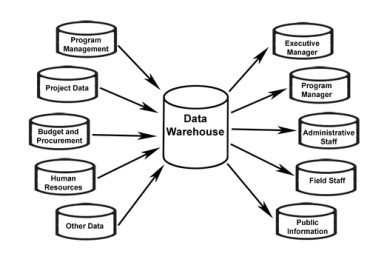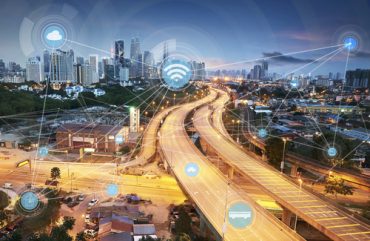
The automated lights can lessen the impact of C02 emissions resulting from idling traffic at intersections. And because they use edge computer control located right on the junction control box, they offer scalability.
Research teams at the institute branch for industrial automation INA, the Fraunhofer Institute for Optronics, System Technologies and Image Exploitation IOSB are testing AI-controlled traffic lights to help relieve congestion and advance smart city infrastructure. The projects, known as “KI4LSA” and “KI4PED,” may offer small changes with big impact in the fight against climate change and traffic incidents.
Featured Resource: Building a 5G Blueprint to Speed Deployment and Time to Revenue [View Now]
Upgraded algorithms and sensors
The traffic lights in KI4LSA use high-resolution cameras and radar sensors to feed self-learning algorithms. Using this upgraded system, traffic lights in the test captured far more accurate traffic readings in real-time.
Why does this matter? Current light solutions involve rules-based controls. They work well enough when traffic patterns rarely deviate from established patterns or experience low volume. When something changes, the light can’t adjust, making traffic congestion worse.
For example, if an accident causes traffic to reroute to an intersection that doesn’t normally experience heavy volume, existing controls may not adjust changeover times to account for the difference in pattern. With these AI-powered lights, sensors will register the change in real-time, and learning algorithms will automatically adjust to ease congestion and find the right balance for traffic flow. When the accident clears, the light can reset to account for the next change in traffic.
A second project, KI4PED, focuses on the impact AI-powered traffic sensors can have on pedestrian safety. An ongoing project is currently testing the same high-powered sensors to adjust crossing times automatically for pedestrians that need more time. The sensors use person detection—with pedestrians represented as abstract, 3D data points to protect privacy—and tracking to adjust crossing times when necessary and reduce them when not, potentially making lights more efficient for traffic and safer for pedestrians.
See also: Traffic Signal Flow Control Gets Smart
A small change with big impact
Initial tests carried out at a congested intersection in Lemgo, Germany, demonstrated that changes in something as small as a traffic light could improve traffic flow by as much as 15%. Algorithms learn over time and get better at predicting and choosing the most efficient phase sequence.
Overall, lights can lessen the impact of C02 emissions resulting from idling traffic at intersections. And because they use edge computer control located right on the junction control box, they offer scalability.
These tests represent another step in leveraging the power of AI to improve our systems while reducing our impact on the environment.
Featured Resource: Building a 5G Blueprint to Speed Deployment and Time to Revenue [View Now]







